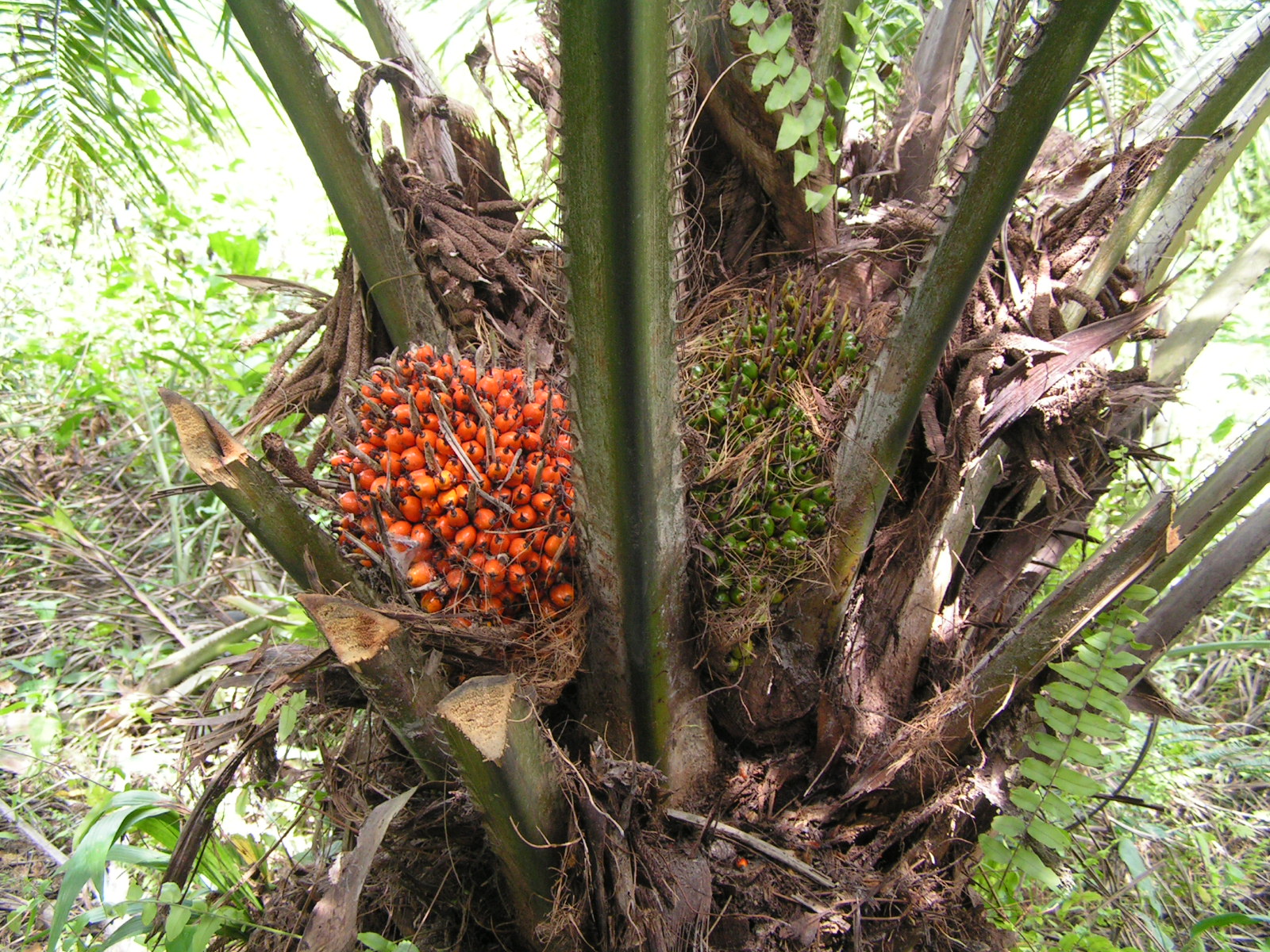Stanford lecture - Prof Larry Leifer: Dancing with Neurodesign
Dear Prof. Leifer, Prof. Jiang, (Bill and Sime - both of whom I was sitting with in the back - and Greetings!),
Thanks for your far-reaching and fascinating talk "Prof Larry Leifer: Dancing with Neurodesign: Embracing neuroscience instruments to better design human collaboration" ... https://events.stanford.
My main question is how might we explore best applying the ideas in your talk to creating a realistic virtual Harbin Hot Springs/ Earth for actual-virtual, physical-digital comparison and STEM resaerch (and for ethno-wiki-virtual-world-
Li, I was excited to hear you mention brain headsets re imaging and seeing the physical physical images viewed in pictures of neural processing. Am interested in transmitting this
- these images' data - into this realistic virtual earth - (think again of Google Streetview with TIME SLIDER Maps / Earth / TensorFlow / Brain / Translate with avatar bots of individuals and species, and brains, - and eventually for tele-robotic surgery, for example). More under the 'brain' label in my blog - https://scott-macleod.
Larry, I was excited too to learn of fNIR technologies that measure the same interval as FMRIs… but that one uses a cap – so, no claustrophobia, - and that fNIR can done in real world (and re that both technologies measure blood-oxygen levels in a specific part of your brain). I was also glad to see your Lego robotics' example re social collaboration. Re an actual Harbin Hot Springs' ethnographic field work, I was glad too to hear you say "be careful, travel with someone" which is relevant for Harbin and potential student field work. And in a related vein, was glad too to hear you say "Why is collaboration so hard? Because we ask you to find your way, In the woods in the dark, ... In the FUTURE" with much relevance for an actual-virtual Harbin Hot Springs' ethnographic project with field work as well.
Re AI, I was glad to hear Bill Clancey's fascinating talk the week before in Prof. Jiang's course - https://me.stanford.edu/
For example,
Visit the Harbin gate in Google Street View here ~ http://tinyurl.com/p62rpcg ~ https://twitter.com/HarbinBook ~ where you can "walk" down the road '4 miles' to Middletown and 'amble' around the streets there, if inclined. And add some photos or videos if you have them - re a new social science method I'm developing - https://scott-macleod.blogspot.com/search/label/ethno-wiki-virtual-world-graphy - think ethnography as interpretive social science practices, wiki (think fast adding / curating of Wikipedia) and co-building of a virtual world (like in Sansar / Second Life /Open Simulator with avatar bots) but not cartoon-esque, rather realistically.
(Check out too the A.I. wiki page at World University and School, of which I'm the founder - https://wiki.
Re further collaboration with and within Stanford and related questions about an emergent virtual reality Harbin and realistic virtual VR Earth - and for Medical Degrees at WUaS, as well as online teaching hospitals for online clinical care - Dr Anne Dubin MD, Dr Lauren Schneider at Stanford Medicine in the Center for Digital Health (CDH) are working on related VR for therapy and STEM research, as is Luke Wilson in the Stanford CHARIOT program on VR with a therapeutic focus.
Thank you so much for this fascinating talk. (And great to meet you as well Bill and Sime, with your MIT, Brown and Stanford connections).
Friendly greetings, and best regards, Scott
- https://twitter.com/HarbinBook
--
- Scott MacLeod - Founder, President & Professor
- World University and School
- 415 480 4577
- CC World University and School - like CC Wikipedia with best STEM-centric CC OpenCourseWare - incorporated as a nonprofit university and school in California, and is a U.S. 501 (c) (3) tax-exempt educational organization.
* *
Dear Bill, Larry, Li and Sime,
As a followup, here's Peter Norvig: 'How Computers Learn'
https://youtu.be/T1O3ikmTEdA So many applications for https://wiki.
@WorldUnivAndSch
I.T. HEAD?
and with many many other implications for AI and building a realistic virtual earth with images and machine learning.
I also blogged about this here - https://scott-macleod.
Friendly cheers, Scott
- Languages-World Univ: https://twitter.com/
* * *
Jane Goodall
*
Goodall: My breakthrough moment of connection
Jane Goodall tells Fareed about the first time she communicated "perfectly" with a chimpanzee on a level that pre-dates human speaking
*
Goodall: My breakthrough moment of connection - CNN Video https://edition.cnn.com/videos/tv/2019/01/26/exp-gps-0127-jane-goodall-chimpanzee-trust.cnn …
Full interview:
*
...







No comments:
Post a Comment